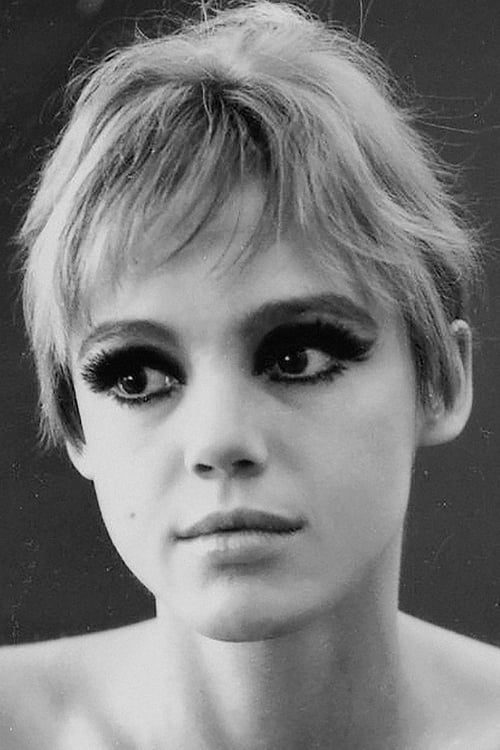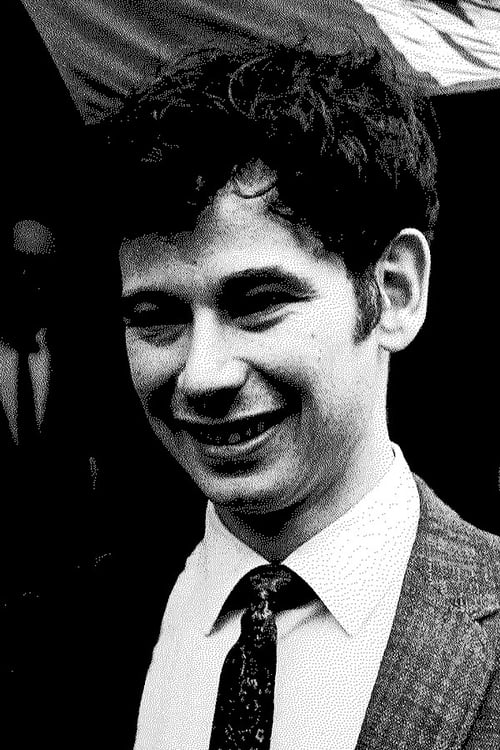Poor Little Rich Girl (1965)
Gênero : Drama, Documentário
Runtime : 1H 6M
Director : Andy Warhol
Sinopse
A young, jobless woman stays in bed, reads, talks on the phone, smokes cigarettes, makes fresh coffee, and tries on some clothes from a large wardrobe.

Two reels of mis-takes in shooting Part II of 3RD DEGREE. Film was loaded in camera improperly and the image slides about off-center and becomes blurred – creating some rather amusing and mysterious imagery. A made “found” object. —ubu.com
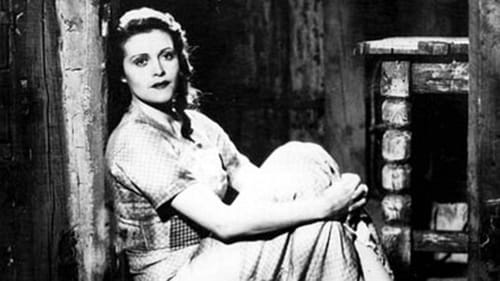
A beautiful young drifter comes to a small village and battles Death itself to save the man she loves.

DOGMA 95 exists for over 10 years now. But it has been living in the Balkans forever. A desperate filmmaker swears it's time to kill DOGMA . But how far will she go to make it come true?

An adaptation of the anonymous sixteenth century novel Lazarillo de Tormes (1554), it tells the story of Lazarillo, a poor boy who has to live by his wits after being sold to a series of cruel masters.

A survival, silent black & white film shot with a hand camera, a journey into Philippe Garrel's intimate family album featuring the two women who counted in his cinematographic life: Nico and Zouzou.

Uma jovem noiva foge da própria festa de casamento com um estranho e inicia uma viagem épica por paisagens cada vez mais bizarras. Eles encontram animais falantes, viajam por um hotel psicodélico surrealista, incitam um motim na prisão e fogem de canibais nus que vivem em uma árvore.

Singer Oksana has lost her beloved in the war. Everyone thinks he perished, but actually he was taken prisoner, then ran away, hid, fell into American hands, and… Finally, he returns to his village, and meets Oksana. —Yerevan International Film Festival

Hilarious and sobering account of the first time an international group of Kim Jong Il supporters visits North Korea. In 12 days, the 22 participants travel through a country full of monuments, propaganda and poverty. What begins as a idealistic magical mystery tour gradually turns into a nightmare.
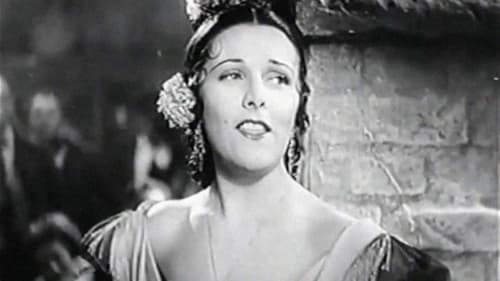
The story of a beautiful, vivacious gypsy girl and the two doomed men who fall for her.

The love story of Dan (a beautiful young woman) and Gu (a humpback), servants from two separate households in Ha Dong, Vietnam who have suffered most of their lives at the hands of their cruel masters. The couple flee south soon after Gu presents Dan with a wedding gift - the precious white silk dress his mother had owned (his one valuable possession), while he promises her a proper marriage someday in the future. The couple arrive in the seaside town of Hoi An and build a new life, with Dan ultimately giving birth to 4 daughters. Despite struggling through immense poverty and hardships, the family is happy and fulfilled as long as they have each other, but the horrors of the encroaching war brings tragedy and threatens to tear them apart.
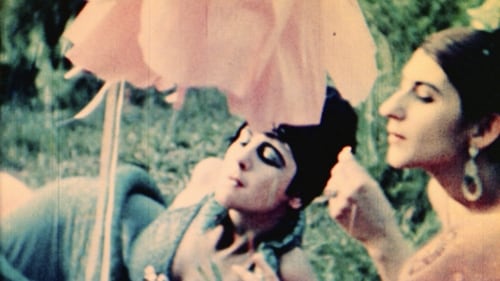
The feature length Normal Love is Jack Smith’s follow up to his now legendary film Flaming Creatures. This vivid, full-color homage to B-movies is a dizzying display of camp that clearly affirms Smith’s role as the driving force behind underground cinema and performance art of the post-war era. The cast includes Mario Montez, Diane de Prima, Tiny Tim, Francis Francine, Beverley Grant and John Vaccaro. Smith was known to constantly re-edit the film, often during screenings as it was still unspooling from the projector. This print has been restored under the supervision of Jerry Tartaglia and is provided by Filmmakers Co-operative in New York City.

Filmmaker Hu Jie uncovers the tragic story of a teacher beaten to death by her students during the Cultural Revoution. In 1966, the Cultural Revolution exploded throughout China, as Mao's Red Guards persecuted suspected Rightists. Bian Zhongyun, the vice principal of a prestigious school in Beijing, was beaten to death by her own students, becoming one of the first victims of the revolutionary violence that would engulf the entire nation.

James Broughton's creation myth, THIS IS IT, places a 2-year-old Adam and a bright apple-red balloon in a backyard garden of Eden, and works a small miracle of the ordinary. And since that miracle is what his film is about, he achieves a kind of casual perfection in matching means and ends.

Each film frame is a different image from the Sears Roebuck mail order catalogue. The film places pictures of the objects sold by Sears to the consumer society side by side with pictures of female models

A series of tail ends of varied strips of film, with sometimes recognizable images dissolving into light flares, appear to run through and off of a projector. A romantic "narrative," suggesting an "ending," is inferred.

A film exploration of the work and aesthetic concepts of Yayoi Kusama, painter, sculptor, and environmentalist, conceived in terms of an intense emotional experience with metaphysical overtones, an extension of my ultimate interest in a total fusion of the arts in a spirit of mutual collaboration. —Jud Yalkut

In modern-day Berlin (1987), Frau Kutowski goes insane, believing herself to be the (real-life) notorious Anita Berber, a nude art dancer/drug addict/scandalous figure of post-WWI Berlin. (Berber died of tuberculosis in 1928, having achieved significant success and recognition throughout the dance world.) Frau Kutowski is placed in a mental hospital, where in her own mind she acts out Berber's final days, including in her fantasies the hospital's staff and patients, to represent Anita's friends and associates.

Set on the landing and the stairs of Zwartjes’ new house, then still empty, in The Hague. The filmmaker suggests a mysterious and complex space by using a ‘floating’ camera to film a number of crawling, creeping personages. (MUBI)

Bandits in Sierra Morena assault the carriage in which the Duchess of Benamejí travels. A romance starts between her and the boss of the gang, Lorenzo, that arouses the jealousy of Rocio a gypsy who lives with the bandits. Meanwhile, the Marquis of Peñaflores, a captain in love with his cousin the Duchess, chases the bandits. Rocío reveals to the Marquis where Lorenzo and his men are and taking advantage of the tumult of the fight, she kills the Duchess. Her death will cause a change in attitude both Lorenzo and Peñaflores

Discovered in summer of 1985, of a set of “haiku-imagistic films” I did before coming to my characteristic style, as in Ray Gun Virus; I thought I’d destroyed all these pre-pure films, in about 1969-1970, the time of my separation from my first marriage. The film concerns my marriage, which lasted seven years; it was shot during its first year, when I was a painting student at the University of Denver. It is full of apprehensions, in a montage style which counterposes “opposites”: sexuality and religion; seasonal opposites; hopefulness undercut by fears of eventual separation (the image of a statue of two women, arm in arm, reading a book). I find it visually and kinetically interesting, after all these years. (Paul Sharits) —Canyon Cinema

